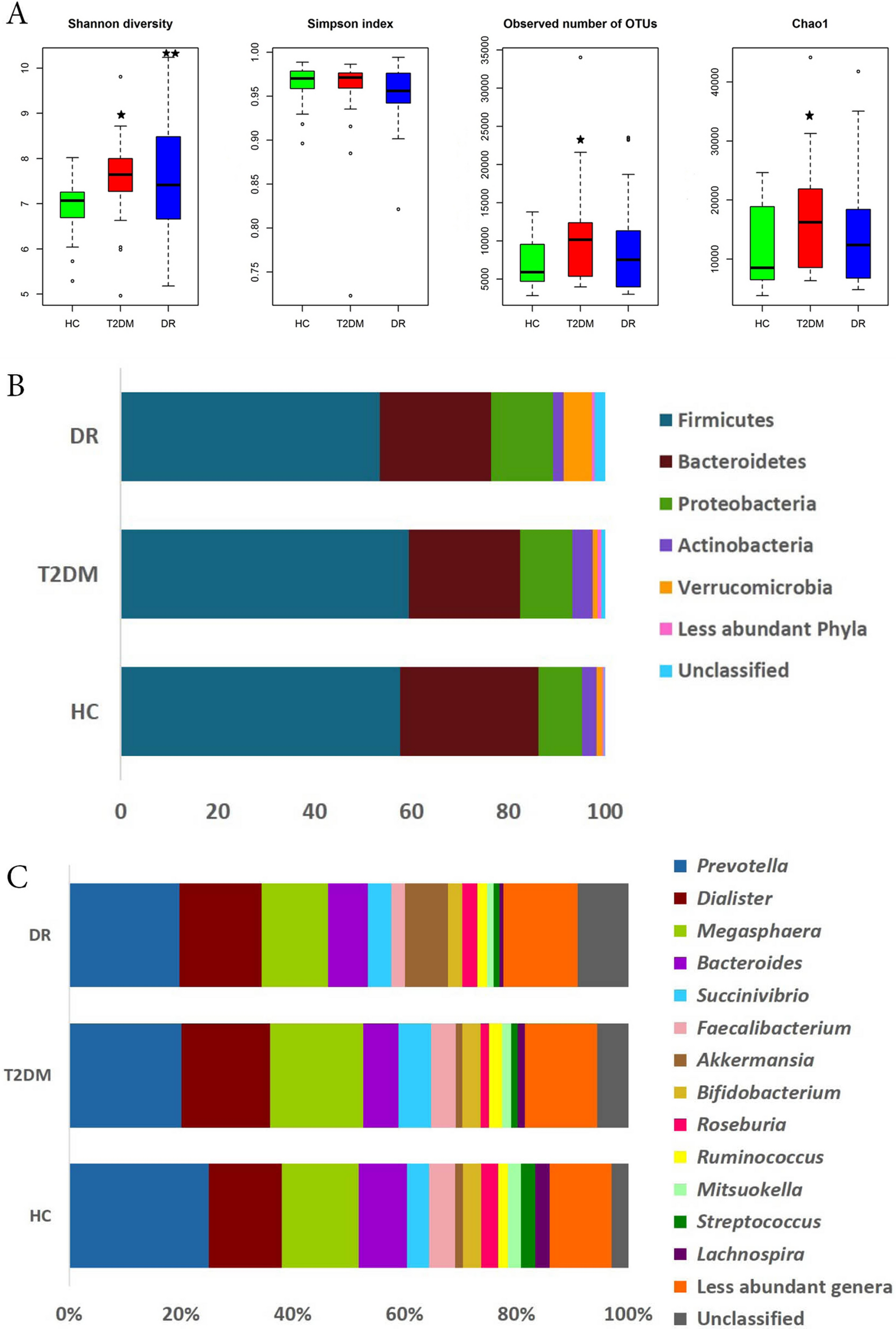Integrating Coral Reef Ecology with 3D Printing for Sustainable Marine Habitat Restoration
The Crisis of Coral Reef Degradation
Global coral reef ecosystems face unprecedented threats from climate change, ocean acidification, and human activities. According to the Global Coral Reef Monitoring Network, approximately 14% of the world's coral reefs were lost between 2009 and 2018. This alarming decline has spurred innovative approaches to marine conservation, including the integration of ecological principles with advanced manufacturing technologies.

Figure 1: The rapid decline of coral reef ecosystems worldwide necessitates innovative restoration approaches.
Ecological Foundations for Artificial Reef Design
Effective artificial reef structures must replicate key ecological features of natural reefs:
Structural Complexity
Natural reefs exhibit fractal geometry at multiple scales, from millimeter-sized crevices to meter-scale formations. This complexity supports biodiversity by:
- Providing refuge spaces for juvenile fish and invertebrates
- Creating microhabitats with varying light and flow conditions
- Offering attachment surfaces for sessile organisms
Material Properties
Coral skeletons possess unique material characteristics that influence larval settlement:
- Surface roughness (10-100μm scale) promotes coral polyp attachment
- Porosity facilitates nutrient exchange and water flow
- Chemical composition affects biofouling community development
Hydrodynamic Considerations
Reef structures must interact appropriately with local water movement:
- Generating eddies that concentrate planktonic food sources
- Minimizing sediment accumulation in sheltered areas
- Reducing shear stress that could dislodge settling organisms
3D Printing Technologies for Marine Applications
Additive manufacturing offers unprecedented control over reef structure design and fabrication:
Suitable Printing Methods
- Binder jetting: Creates porous ceramic structures with controlled permeability
- Fused deposition modeling (FDM): Uses biodegradable polymers for temporary frameworks
- Direct energy deposition: Builds large-scale metal structures for high-energy environments
Material Selection Criteria
Materials must satisfy both engineering and ecological requirements:
| Material Class | Advantages | Limitations |
|---|---|---|
| Calcium carbonate ceramics | Biocompatible, pH-neutral, similar to natural reef substrate | Brittle, limited structural applications |
| Geopolymers | Alkaline activation promotes coral settlement, durable | Energy-intensive production |
| Bio-composites | Incorporates organic components, adjustable degradation rates | Variable long-term performance |

Figure 2: Examples of 3D-printed artificial reef structures designed with ecological principles.
Computational Design Approaches
The design process integrates multiple disciplines through advanced modeling:
Generative Design Algorithms
Parametric modeling tools create structures optimized for:
- Maximizing surface area-to-volume ratio for biological colonization
- Mimicking natural growth patterns through L-system algorithms
- Balancing structural integrity with material efficiency
Hydrodynamic Simulation
Computational fluid dynamics (CFD) predicts how designs will interact with local currents:
- Turbulence patterns that affect larval settlement
- Sediment transport around reef modules
- Wave energy dissipation characteristics
Ecological Niche Modeling
Species distribution models inform site-specific designs by predicting:
- Optimal microhabitat configurations for target species
- Seasonal variations in community composition
- Trophic interactions between potential colonizers
Implementation Case Studies
The Reef Design Lab Initiative (Hong Kong)
This project deployed 3D-printed hexagonal reef tiles with:
- Surface textures replicating local coral species morphology
- Integrated channels directing water flow to prevent sediment accumulation
- After 18 months, demonstrated 50% higher coral survival compared to conventional methods
The XReefs Project (Caribbean)
A modular system featuring:
- Interlocking ceramic units printed with varying porosity gradients
- Biomimetic shapes derived from 3D scans of natural reef formations
- Demonstrated rapid colonization by both fish and invertebrate communities within 6 months

Figure 3: Coral colonization patterns on 3D-printed artificial reef substrates.
Monitoring and Adaptive Management
Performance Metrics
Quantitative assessment of restoration success includes:
- Coral recruitment density per unit surface area
- Benthic community diversity indices
- Structural stability under storm conditions
- Trophic network complexity development
Long-Term Considerations
Sustainable implementation requires attention to:
- Material degradation rates matching ecological succession timelines
- Scalability of fabrication and deployment methods
- Integration with broader marine spatial planning frameworks
- Socioeconomic factors affecting local community engagement
Future Directions in Reef Restoration Technology
Bioactive Material Development
Emerging approaches include:
- Coral-derived calcium carbonate seeding in printed matrices
- Controlled-release chemical cues to attract larval settlement
- "Living materials" incorporating symbiotic microorganisms
Autonomous Deployment Systems
Robotic solutions under development:
- Submersible 3D printers for in-situ fabrication
- AUVs for precision placement of reef modules
- Machine learning algorithms optimizing site selection based on real-time monitoring data